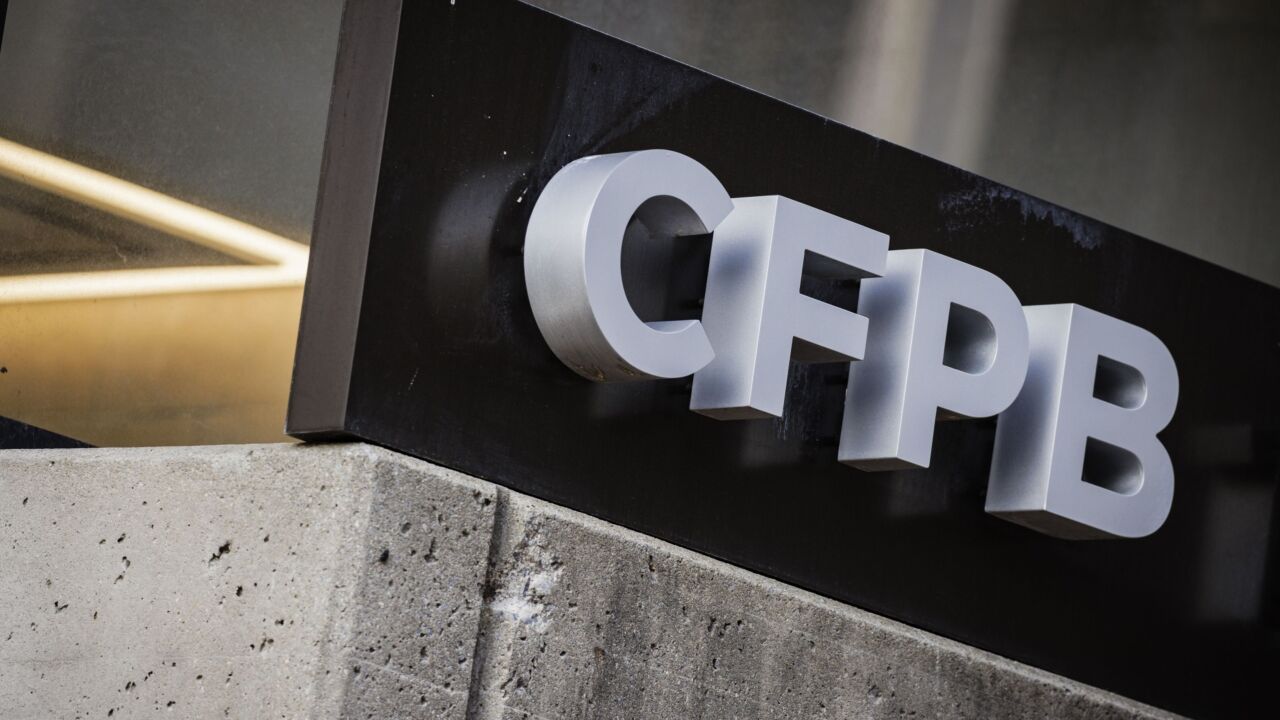Banks have advanced mobile technology for a variety of banking and payment products, but the technology is increasingly being used to give consumers a direct role in plastic card security by controlling card access.
It is becoming common for banks to put their own brand on
"A lot of fraud is very sophisticated with groups of people trying to figure out how to crack systems, but a lot of fraud happens because people are simply careless or not paying attention," said Angel Siorek, vice president of product management for channel experience and portfolio growth at financial technology provider Fiserv.

Shoppers heading out on Black Friday to kick off the holiday shopping season are in a hurry, will make multiple purchases, will have various coupons and offers to contemplate and will likely use a few different payment cards. In that atmosphere, misplacing a card or having one stolen is not out of the question, Siorek said.
Fiserv has had its CardValet card controls platform in place for two years, giving banks a couple of options for helping consumers protect their cards. They can offer the card controls as part of the mobile banking app, or offer it as a separate app for customers to download.
CardValet allows a user to "turn off" use of a card for a period of time, providing some time to find a card that might just be temporarily misplaced. It is a better approach than not taking the time to locate the card and just calling the bank to re-issue a card, Siorek said.
Discover made this type of feature well known in its 2015 marketing campaign for the
"A card can also have usage controls, with spending limits or based on merchant type," Siorek added. "A card can be allowed at grocery stores and gas stations, but not at entertainment venues. This is a good control for a son or daughter."
Cardholders can also set location-based controls if they know they use the card only in a certain geographic area.
Some systems offer a geo-location feature, so authorization on a transaction will go through only if the mobile phone and card are in the same location.
"All of these features can be set to trigger an alert to the cardholder, or trigger a declined transaction," Siorek said. "It can also be set with spending limits, which is good during the holidays."
In that regard, cardholders are finding the mobile controls to be a "personal finance management" tool that can help control spending, she added.
"Real-time engagement is critical," Siorek said. "Consumers have zero liability, but focus groups have told us they see the value in being in control of card protections. Many have gone through the hassle of a card data breach and getting a new card, so there is a notion that they don't want to have to go through that if it can be avoided."
Globally, consumers are increasingly using card alerts to protect their cards. It is most common in India, where 80% of consumers have alerts set on all of their cards, according to research this month from Aite Consulting Group. That number is at 59% for U.S. consumers. However, in Australia, one in five consumers said they have no authentication through mobile devices in place.
"While a niche group of security-minded consumers will use controls, the fact remains that consumers still are a bit lazy when it comes to these things, because they have very little skin in the game," said Julie Conroy, research director for Aite Group.
Two-way alerts and mobile geo-location features have the most value to cardholders, but not all banks or providers are including geo-location in their analytic models, Conroy said.
"But there's a lot of opportunity there to not only help with fraud, but more importantly reduce false positive declines, also know as consumer insults," Conroy added.
The card controls through mobile devices plays a key security role because most consumers do not check their credit card statements on a regular basis, according to Aite. No country had more consumers being diligent about these checks at least two to six times a week than those in Australia, which still came in at only 11%, the report said. India had 10% and the U.S. had only 9%.
More commonly, cardholders check their accounts once a week, with between 16% and 24% in all countries saying they do it weekly.
Aite surveyed more than 2,800 consumers in Australia, Brazil, Canada, India, South Africa, Spain and the U.S. in September for the research.
"Everyone has a mobile phone in hand, and they are almost always looking at it," Fiserv's Siorek said. "The world is changing to digital and we have to change from the plastic card processing world in how we do transactions and determine how we can stay engaged and relevant for our financial institutions."
By doing so, banks can have continuous touch points with their customers about their payment cards — especially during the holidays when those card are getting a lot of use, Siorek added.





